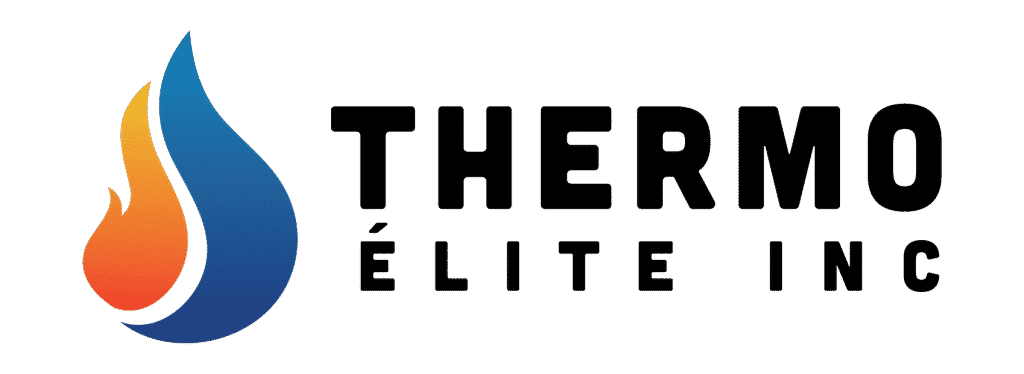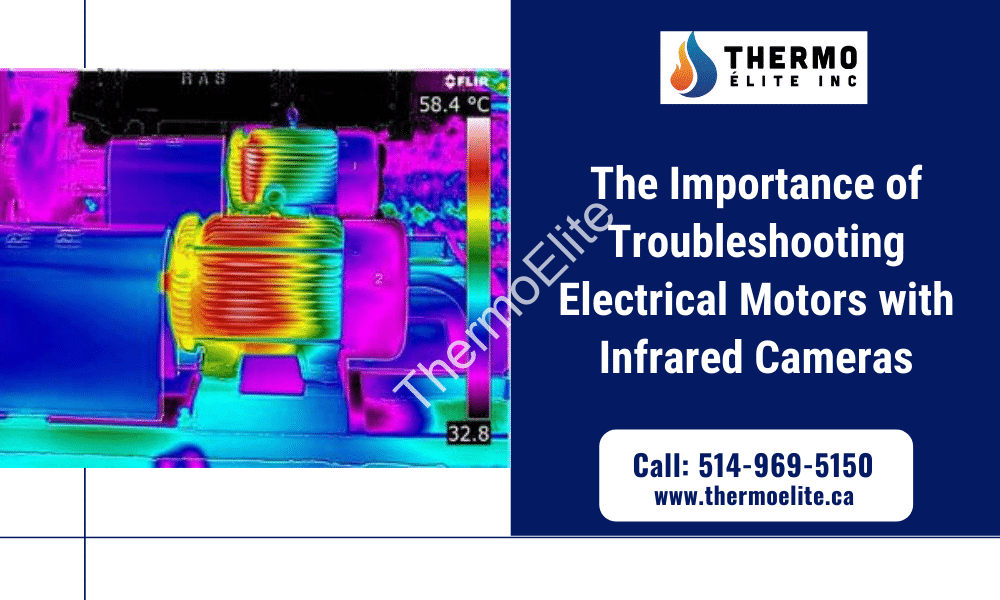Thermal imagers or infrared cameras accurately detect problems in electrical motors without shutting them down. Infrared technology also helps in preventive maintenance in power generation units, commercial and manufacturing plants by monitoring equipment conditions. You can capture thermal images of the apparent surface temperatures to gauge motor operating conditions using infrared cameras. You can avoid unexpected malfunctions in the critical systems of your plant by maintaining accurate records of the condition motors are operating in.
To put things simply, if you know the operating condition of the electrical motors, you can carry out preventive maintenance on time and avoid spiraling costs that may result from disruptions in production due to faulty equipment.
Read on as we highlight the importance of using infrared cameras to troubleshoot issues in electrical motors. These are also handy tips on how to carry out adequate inspections.
Build motor heat-signature profiles
Make sure that the motors are running under normal operating conditions when you are carrying out the tests. You should capture quality images under such conditions. This way, you’ll be able to deduce the baseline measurements of the component structures in a motor. You should have images of the motor, the shaft coupling, the motor, and the shaft bearings, which comprise all the critical components of an electrical motor. A problem won’t appear very prominently when you work with low electrical loads. However, the temperature increases as the load rise, and if there is a problem, the temperature differences will be more significant at higher temperatures. Using infrared cameras therefore also helps anticipate critical problems and take necessary precautions.
It helps note template information and hot spots.
It would help if you had the normal operating temperature mentioned on the motor’s nameplate. A thermal imager can’t see the inside of the motor, but the temperature on the surface indicates the inside temperature. The windings deteriorate very fast if the motor overheats. Every increase of 50 degrees Fahrenheit above the standard operating temperature reduces the motor’s winding life by 50% even if the motor overheats only temporarily. An abnormally high temperature reading in the middle of a motor housing can be captured in a thermal imaging camera. The infrared image tells you the high-temperature spot, whether it’s the windings, the couplings, or the bearings. Thermal imaging, therefore, helps you read abnormally high temperatures and take corrective action to improve machine performance.
Identifying the three primary causes of abnormal thermal patterns
Like a connection or a switch contact, the spots of high resistance appear the warmest at the surface. Undersized/overloaded parts of the circuit can show load imbalances in equal warmth throughout the phase or just a part of the circuit. Harmonic imbalances appear in the form of a similar pattern. An entirely warm conductor indicates that it’s overloaded or undersized. You’ll have to check the rating and the actual load to locate the cause. If a component appears cooler, it’s an indication of it malfunctioning. A blown fuse is the most common example. Thermal imaging by helping you identify such single-phase conditions can help you prevent costly motor damage.
It helps create regular inspection routes and compare images
We recommend taking thermal images of all the critical motor/drive combinations and creating a regular inspection regime. These images should be taken under identical operating conditions for similar-to-similar comparisons. In addition, you should compare the baseline images with the images you’ve currently taken. This will help you locate unusual hotspots and verify if any made repairs have been successful. Finally, you can prepare a catalog for your report as a thermal imager can transfer images into software at the tap of a finger.
It helps locate “red alerts”
Equipment that poses a safety risk to the workers should be given the highest priority. The nameplate in all motors has the maximum operating temperature mentioned on it. It indicates the maximum rise in temperature above ambient that can be accepted. Make a note that the motors can’t operate in ambient temperatures above 40 degrees centigrade. Each rise of 10 degrees centigrade cuts the motor life by half. Thus, thermal imaging by monitoring the machine temperature improves safety standards.
Avoid the high cost of failure
You should know how high the stakes are. You may carry out an analysis based on the motor’s cost, the average duration of a line being down due to a motor failure, the labor you’ll need to change a motor, etc. The loss in productivity caused by downtime varies between industries. For example, the cost of lost production from a papermaking machine can be $3000 every hour, while the same in the steel casting industry can be as high as $1000 per minute. The financial incentives are, therefore, reason enough to carry out regular thermal imaging inspections. Therefore, regular testing with infrared imaging helps avoid high failure costs by identifying high-cost issues in advance.
Thermal imaging helps plan follow-up action for overheating
- You can shut down production briefly without hampering the overall plant process and carry out a thorough cleaning of the air intake grills. Plan a regular regime to clean the motors.
- Without affecting production too much, de-rate the motor after adhering to NEMA standards. Get the motor replaced as soon as you can.
- Thermal imaging can help you judge when a bearing is overheated. That necessitates the bearing’s lubrication or replacement. Thermal imaging, therefore, helps you take corrective action before things escalate into a big problem.
Conclusion
Troubleshooting electrical motors with thermal imaging cameras have many benefits. It helps you improve safety standards by locating equipment that needs critical repairs. Regular testing can help prevent critical incidents like fires which may cause loss of life. Effective preventive maintenance also helps you avoid production downtime, which causes massive cost overruns. You can also raise labor productivity with well-maintained equipment. Thermal imaging can help troubleshoot issues in electrical motors ensuring smooth operation of production units.



Add Comment